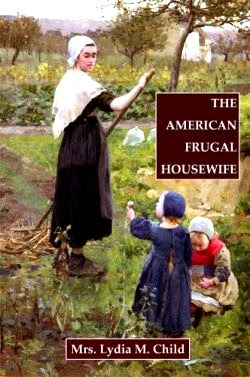We’ve been
trying out rye bread recipes, looking for that elusive “sandwich” style rye
bread that would still have that deli rye texture and flavor. This one adapted from the “Red Star
Centennial Bread Sampler" from 1981 is just right. The buttermilk gives it a little of that
tang, the texture is firm and nice, and the caraway seeds and molasses give it
an old-fashioned flavor.
This is a
sticky dough, don’t be tempted to add too much flour; after it rests, the lard
makes it a very easy-to-handle dough.
It’s a good choice for using your heavy-duty mixer, so you don’t knead
in too much flour. The directions for
this bread are mine…to make it quicker and easier to make. I cut the time from close to 3 hours to a
little over 1 ½ hour using instant yeast and my heavy duty mixer.
We’re using
ours for patty melt and Reuben sandwiches.
Buttermilk Rye Bread
2
cups rye flour (about 7 ounces)
2 packages
instant yeast -- or rapid rise yeast
2
tablespoons wheat germ
1 1/2 tablespoons caraway seeds
1
tablespoon salt
1 1/2 cups
buttermilk
1/2 cup
water
1/3 cup
molasses
1/4 cup
lard (or butter or shortening)
2 1/2 cups
bread flour (about 9 ½ ounces)
In large
mixing bowl, combine all rye flour, whole wheat flour, yeast, wheat germ,
caraway seed and salt; mix well.
Heat
buttermilk, water, molasses and lard until warm (120-125°). Add to flour mixture and blend at low speed
until moistened. Beat 3 minutes at
medium speed. Gradually add bread flour.
Change to
dough hook and knead 6 minutes, or knead 8 minutes by hand. Cover bowl tightly, let rest in a warm place
10 minutes.
Divide into
2 parts, (about 1# 10 oz. each). Shape
each into a loaf for 8 1/2" x 4 1/2” or 10" x 4" pans. Place in greased pans, let rise in warm place
until doubled, about 35 minutes.
Bake at 375°
for 35-40 minutes until loaves read 200°-210° on an instant read thermometer. You may have to cover the loaves with foil or
parchment paper the last 10 minutes to keep it from getting too brown on top.
Remove from
pans and cool on a wire rack.
Yield: "2
loaves"
Per Serving: 95 Calories; 2g Fat (16.7% calories from fat);
3g Protein; 17g Carbohydrate; 1g Dietary Fiber; 2mg Cholesterol; 171mg
Sodium. Exchanges: 1 Grain (Starch); 0
Vegetable; 0 Non-Fat Milk; 1/2 Fat; 0 Other Carbohydrates.


















Looks great! I have a rye, onion, and dill bread we love but I am going to try this one for sure. The buttermilk, molasses, and lard will make a great new recipe option at our house. Thanks again for sharing. Diane
ReplyDeleteHope you like it like we do. Do you have your rye, onion and dill bread recipe on your blog?
DeleteWishing this was a bit smaller recipe so I could use my bread machine. Although, I love dark rye bread the best--especially for Reubens, cheese sandwiches & toasted with grape jelly! :-)
ReplyDeleteNadine,
DeleteTry this link for a single loaf recipe...Buttermilk Rye Bread 1 Loaf Recipe
Sue
I am concerned about the temperature of the liquids. I thought that a temperature over about 110 degrees would kill the yeast. Let me know. thanks!
ReplyDeleteKaren,
DeleteThat's a good question! You are confusing adding yeast to the dry ingredients and dissolving it in water. Both methods work but the temperatures for the water are different.
Red Star says the following: Notice the difference in temperatures.
Yeast can be added directly to dry ingredients.
Use liquid temperatures of 120°F to 130°F for dry yeast.
Yeast can be dissolved in liquids before mixing with the rest of the dry ingredients.
Dissolve 1 tsp sugar in 1/2 cup 110°F-115°F water.
What brand of flours do you use?
ReplyDeleteI buy all my flour at The Dutchman's in Cantril, Iowa. Most of their flours are commercial food service brands, they repackage larger bags into heavy plastic bags in several sizes like 5 or 15 pounds or so, and also sell 50# bags of white flours. We drive 50 miles to shop there every 3 months, because their baking supplies turn over quickly and are always fresh, plus much cheaper but much better quality than I can get at the local supermarkets.
ReplyDelete